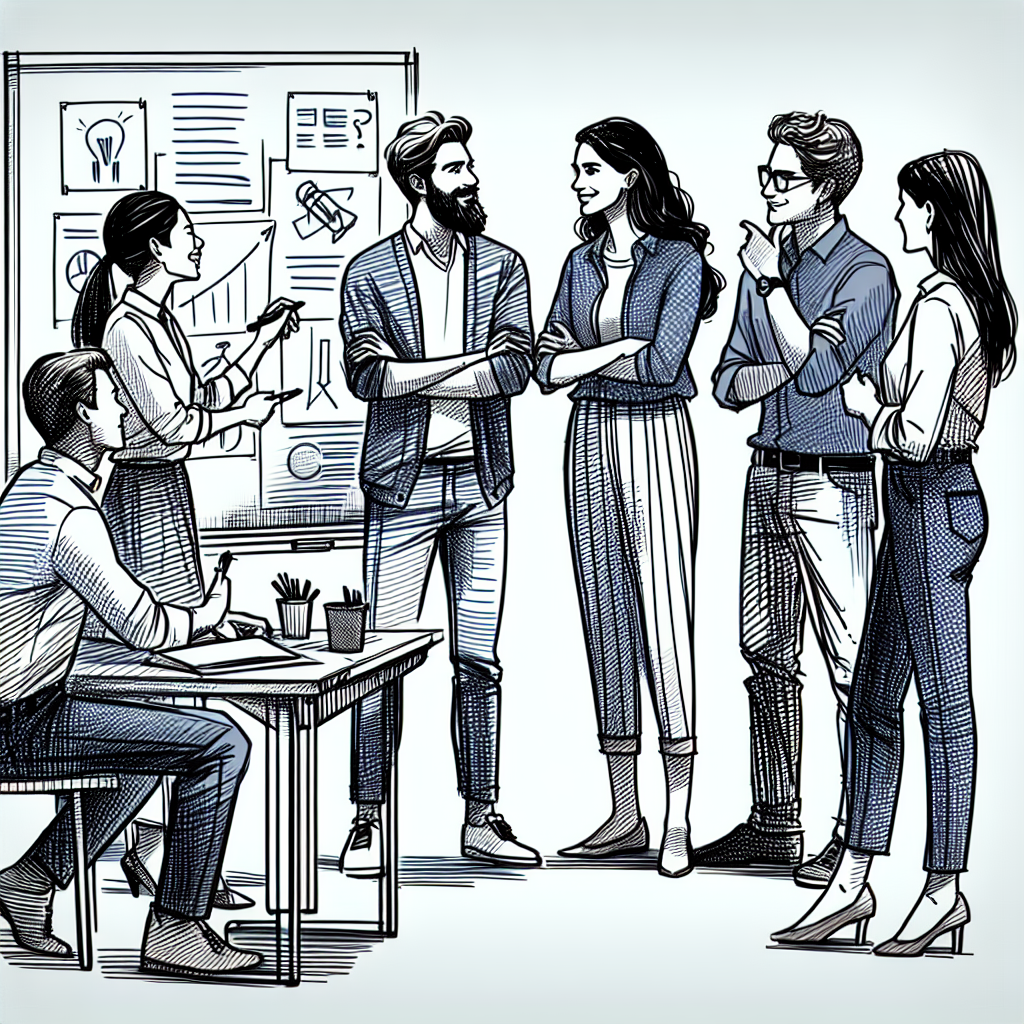Mastering Team Dynamics: A Comprehensive Guide to Enhancing Collaboration and Boosting Productivity in the Workplace
Understanding and Harnessing the Power of Team DynamicsIn today’s rapidly evolving business landscape, an organization’s success often hinges on its ability to foster a collaborative, high-performing team environment. Central to this is the understanding and proper utilization of team dynamics, the unseen forces that operate in a team between different people or groups.
These dynamics can profoundly impact how a team behaves, performs, and ultimately achieves its goals.

The Importance of Team Dynamics
Team dynamics are shaped by the personalities, roles, relationships, and conflicts within a team. A positive team dynamic can propel a team to achieve beyond their individual capabilities, while a negative dynamic can lead to misunderstandings, conflict, and decreased productivity.
Hence, it’s crucial to understand these dynamics to foster a successful team.
Understanding Different Personalities and Roles
The first step to understanding team dynamics is recognizing the different personalities and roles within a team. Using personality tests or role identification models, like the Belbin Team Roles, can help identify the strengths, weaknesses, and preferences of each team member.
This understanding can help in assigning tasks that align with each member’s strengths, enhancing team productivity and job satisfaction.
Building Strong Relationships
Relationships between team members play a significant role in team dynamics.
Positive relationships can foster a collaborative environment where members feel comfortable sharing ideas and providing feedback. On the other hand, negative relationships can lead to communication breakdowns and conflicts.
Building strong relationships within a team requires trust, respect, and open communication. Regular team building exercises, one-on-one meetings, and feedback sessions can help strengthen these relationships.
Managing Conflicts
Conflicts are an inevitable part of team dynamics. However, the way they are managed can significantly impact the team’s performance.
An effective conflict resolution strategy involves open communication, understanding different perspectives, and finding a mutually agreeable solution. A swift and fair resolution can prevent conflicts from escalating and affecting the team’s morale and productivity.
How Leaders Can Influence Team Dynamics
Leaders play a crucial role in setting the tone for team dynamics.
They can influence dynamics by modeling positive behavior, promoting open communication, and providing clear direction and feedback. Furthermore, leaders can recognize and utilize the diversity within their teams, encouraging the unique contributions of each member.
A leader’s ability to adapt their leadership style to the team’s needs can also significantly influence dynamics. For instance, a newly formed team might benefit from a more directive leadership style, while a well-established team might perform better with a participative approach.
Harnessing the Power of Team Dynamics
Understanding team dynamics is only the first step. The real challenge lies in harnessing these dynamics to drive team performance.
This can be achieved by promoting a positive team culture, managing conflicts effectively, and continuously evaluating and adapting to the team’s evolving dynamics.
While it’s not an easy task, mastering team dynamics can lead to remarkable advantages. A harmonious team dynamic can enhance communication, boost morale, increase productivity, and ultimately lead to a more successful, high-performing team. Today, in an era where teamwork is more critical than ever, understanding and leveraging team dynamics is an essential skill for any leader.